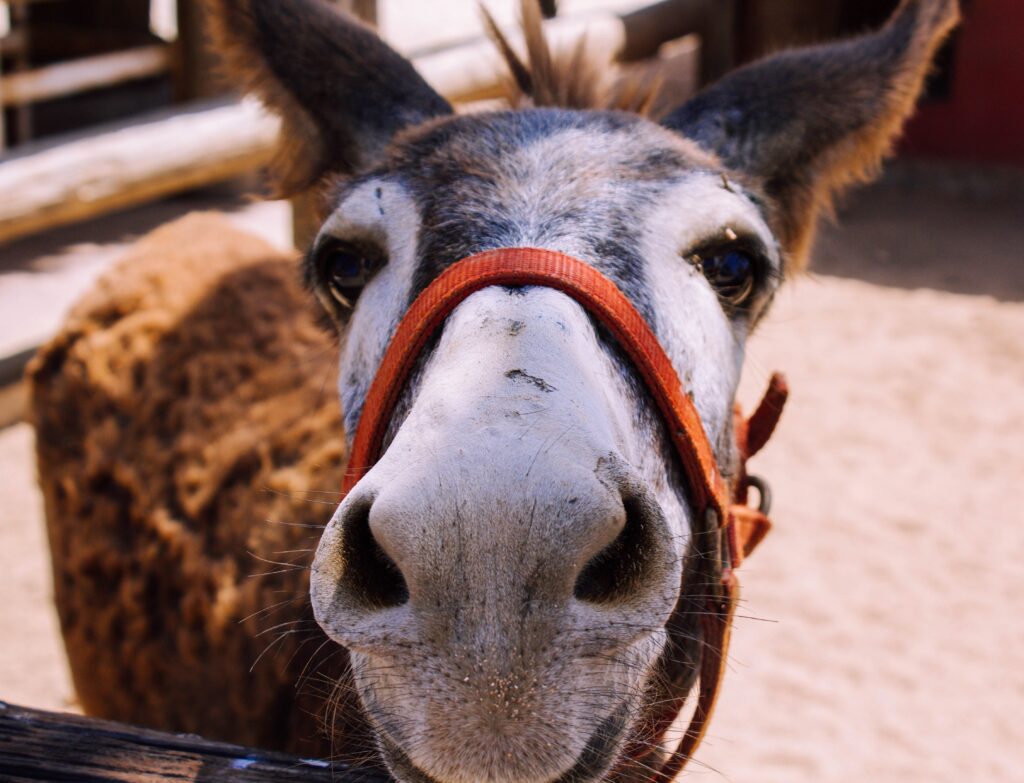My Mama is a a storyteller who loves not to tell stories.
You’d try to get a story out of her and like every typical African mum in this case from the Maa Community; she’d shut you down with an
‘Eero ele emikiata naa pae ai siai metaa nkaatini kitoniki?’ Emiyiolo Ajo etejo apa ole dukuya ‘Imonko naitadoyio enkolong’?(Young Man, don’t we have more important things to do other than tell Stories? Don’t you know the saying that our people have ‘That lies and lies on end will bring the sunset?)
But, hey I’m stubborn and I’d always find a way to get her talking on any subject I would like her to discuss. I got the storytelling bug from her I’m sure. Sunday afternoon some donkeys from the neighborhood strayed into our maize farm and I ran on to chase them out.
That’s how she got talking about the Sacred place that the donkey holds in the life of my people. Donkeys are holy. Donkeys to the Maasai are sacred. Killing a donkey amongst our people was considered sacrilegious and almost similar to human murder.

One would undergo the ‘Nkirro’ cleansing ritual and would be punished and would hence be subjected to the ‘Iloikop’ punishment process in order to be accepted back into the community. All these point directly to the importance of donkeys in the nomadic pastoralist lifestyle that my people led for centuries.
When a donkey died of natural causes, women from the entire village would be summoned because it is only women who were allowed to carry the body. Pregnant women were, however, exempted. The women would pluck fresh green grass and tuck them behind their ears.
They would then proceed to carry the donkey’s body while singing,
‘ pae pae sikiria otua, iyie ebayie…’
on repeat until they got to the resting place a short distance from the village.
The donkey’s body would be put down on the ground with the belly facing towards the home/village.
The women would then sit down for a minute of silence. They would then sing their way back using the exact path they used out while placing grass on the way until the initial death place. The women would then wash their hands and take a beverage, in a process called ‘Aalipenisho’.
Such was the respect accorded to this beautiful yet simple animal; in life and in death.
Among the most common Maasai nicknames given to children as a term of endearment (story for another day) ‘Entikiyia’ – little donkey, is among the top ten most used.

Thank you for sharing your heritage with us.
You’re welcome! The Maasai people’s connection with donkeys runs deep, reflecting their rich cultural heritage and the practical significance of these animals in their daily lives. By sharing insights into the Maasai’s relationship with donkeys, we not only celebrate cultural diversity but also recognize the profound ways in which communities interact with their environment. This exchange of heritage enriches our understanding of the intricate bonds between humans, animals, and the land they inhabit. Thank you for acknowledging the significance of this unique aspect of Maasai culture!
Each time I interact with this literature, it marvels me. Nice work. Splendid.
Thank you for your kind words! Your appreciation encourages us to highlight the rich tapestry of cultural heritage and animals around us. Thank you for recognizing the significance of these narratives, and we’re thrilled to continue sharing more insights into the fascinating dynamics of human-animal relationships.
I love it, just can’t get enough of it ?! Brilliant.
We are thrilled you enjoyed the article! Donkeys hold immense significance for the Maasai people, serving as indispensable partners in their daily lives. Understanding the profound importance of donkeys sheds light on the rich cultural tapestry of the Maasai and underscores the intricate relationships between communities and the natural world. Thank you for appreciating the significance of these remarkable creatures and their integral role in Maasai society!